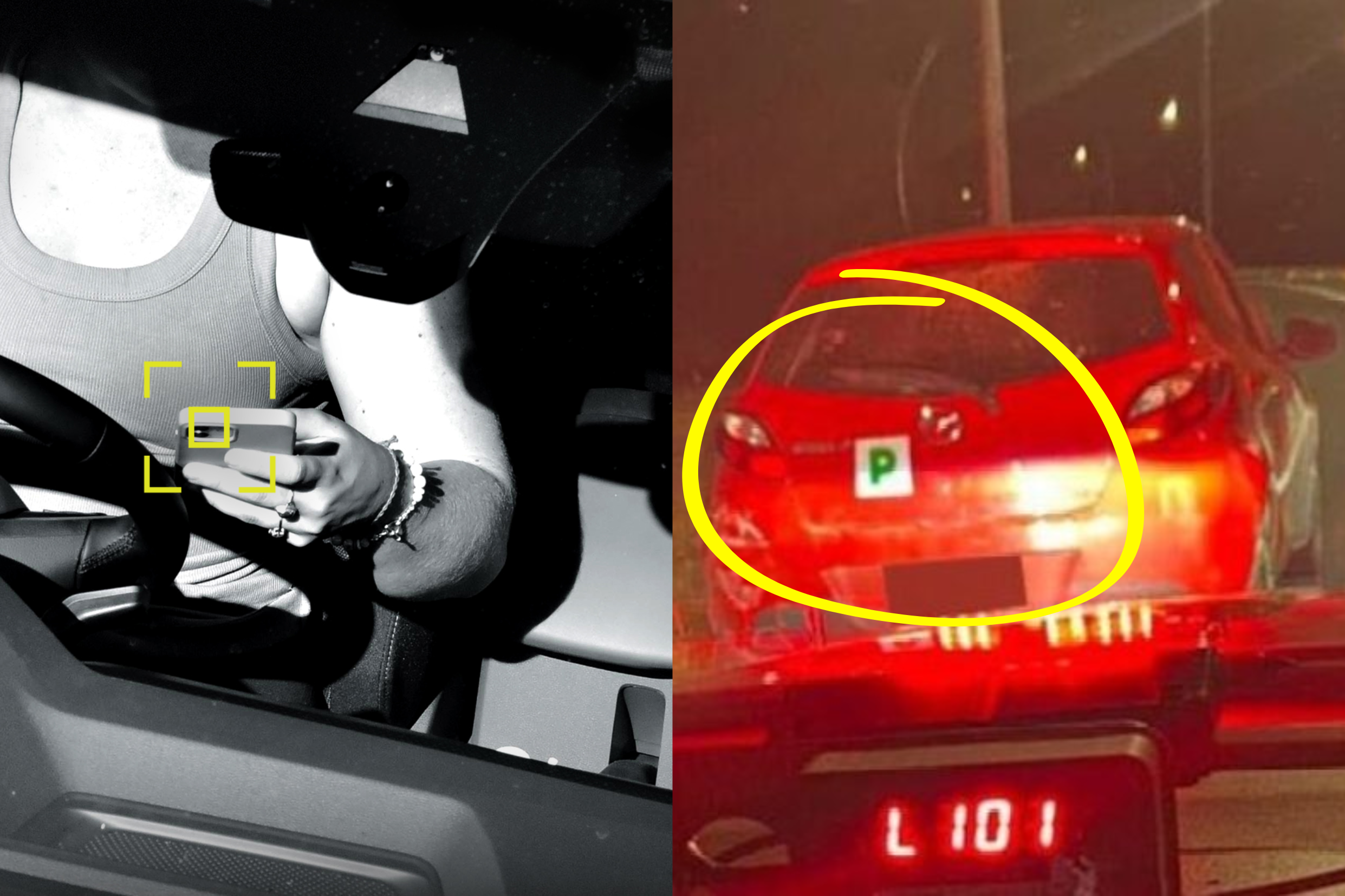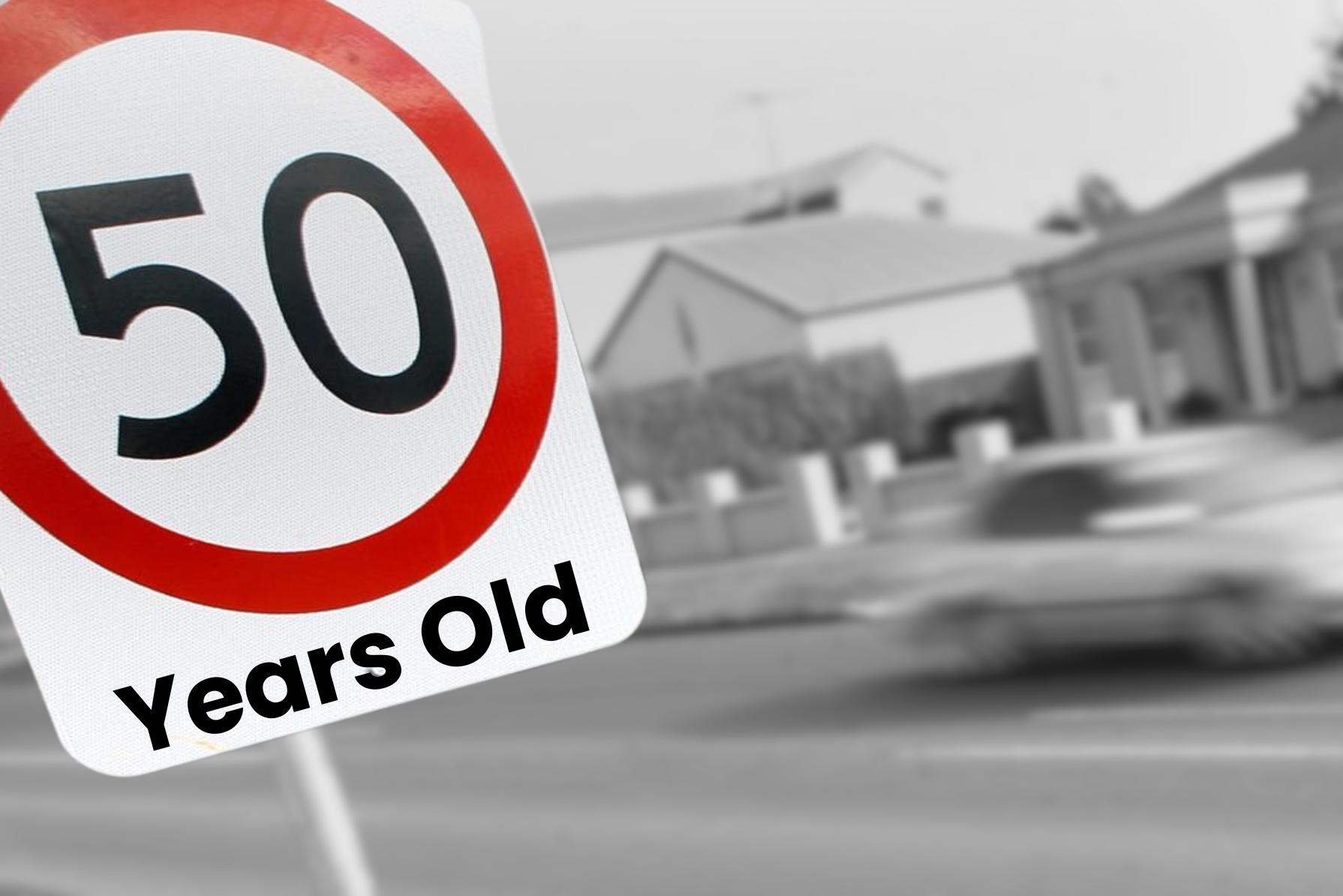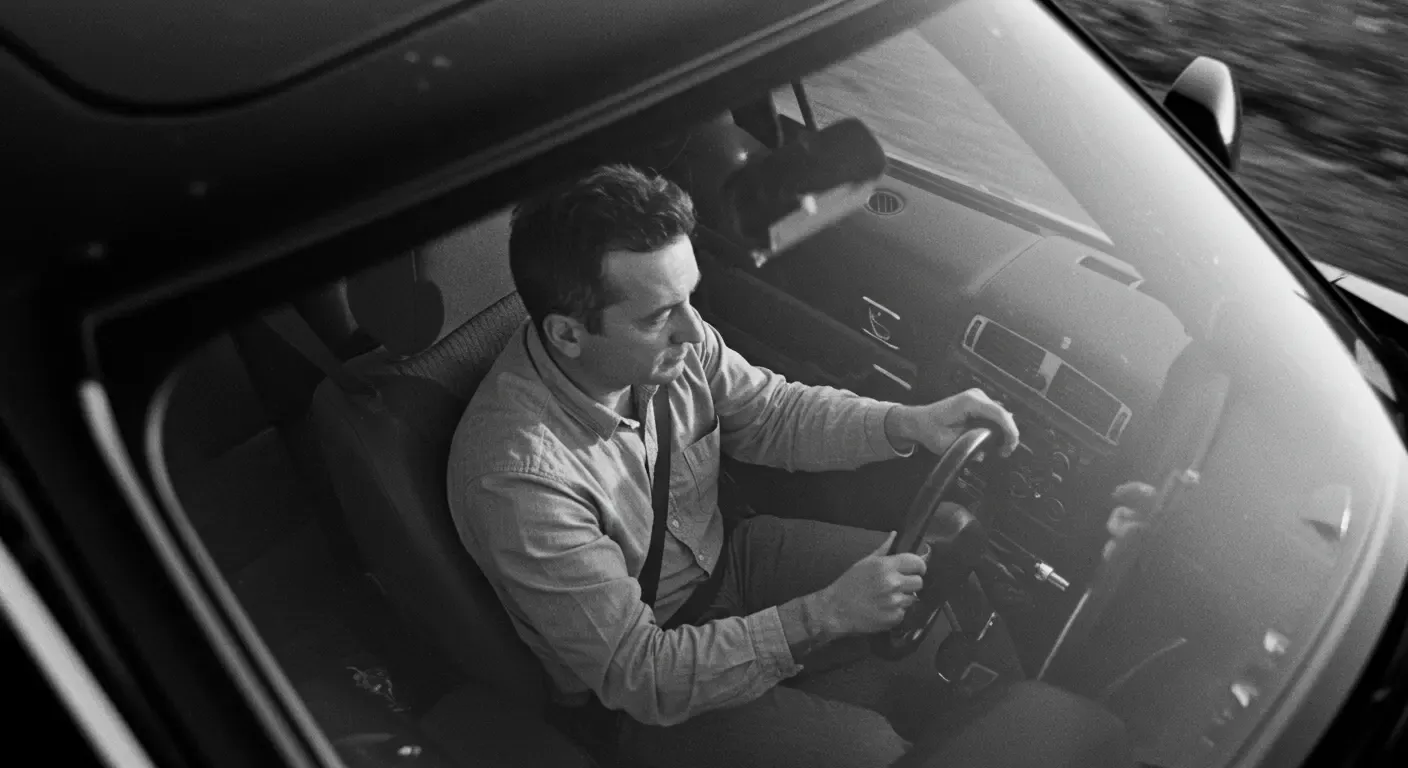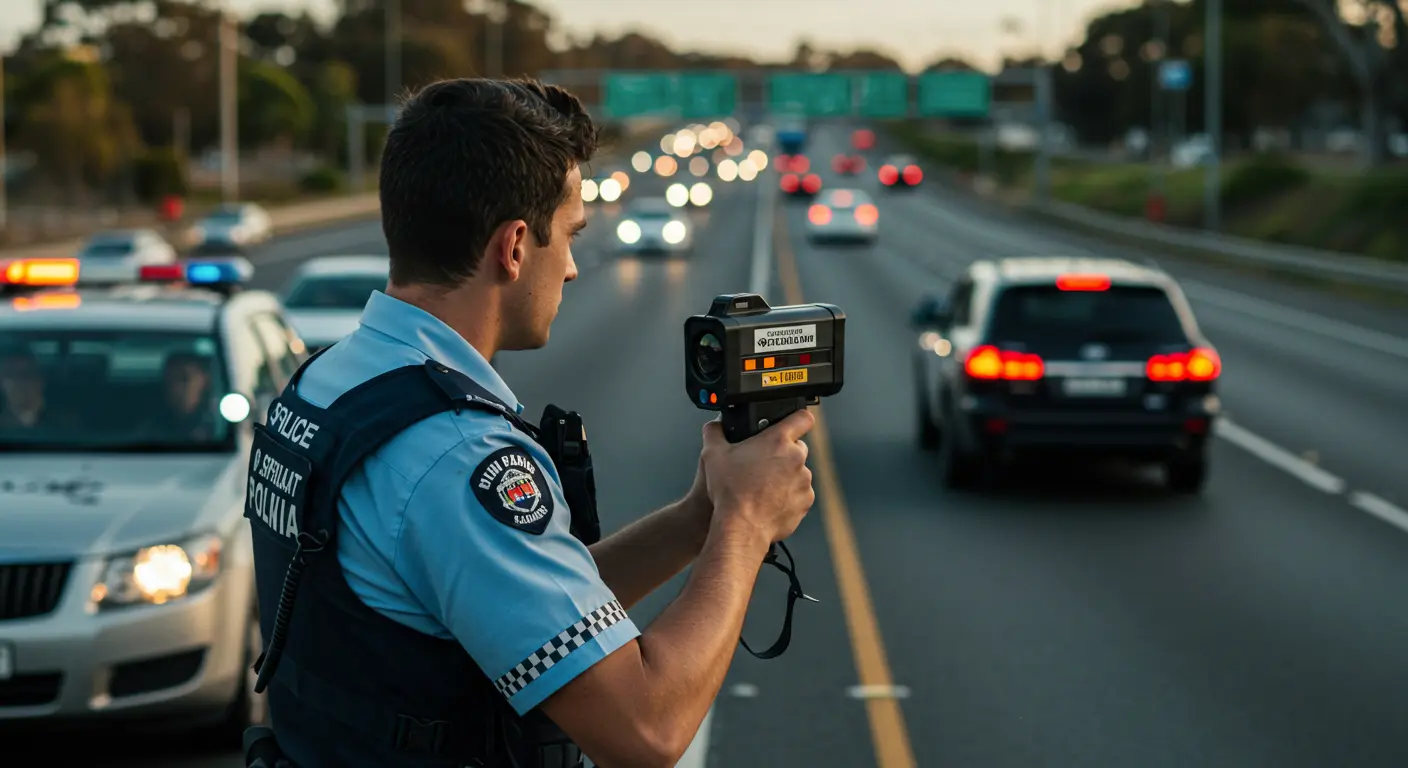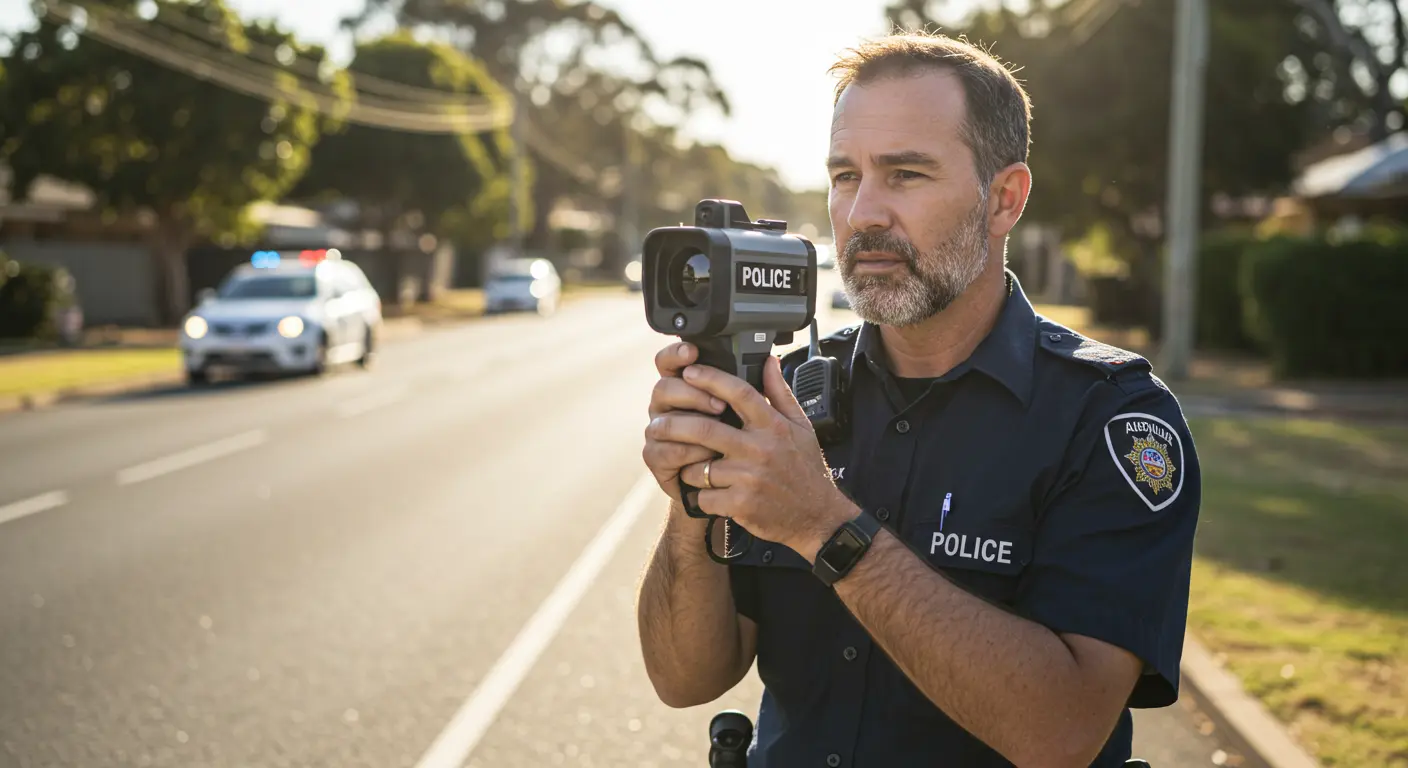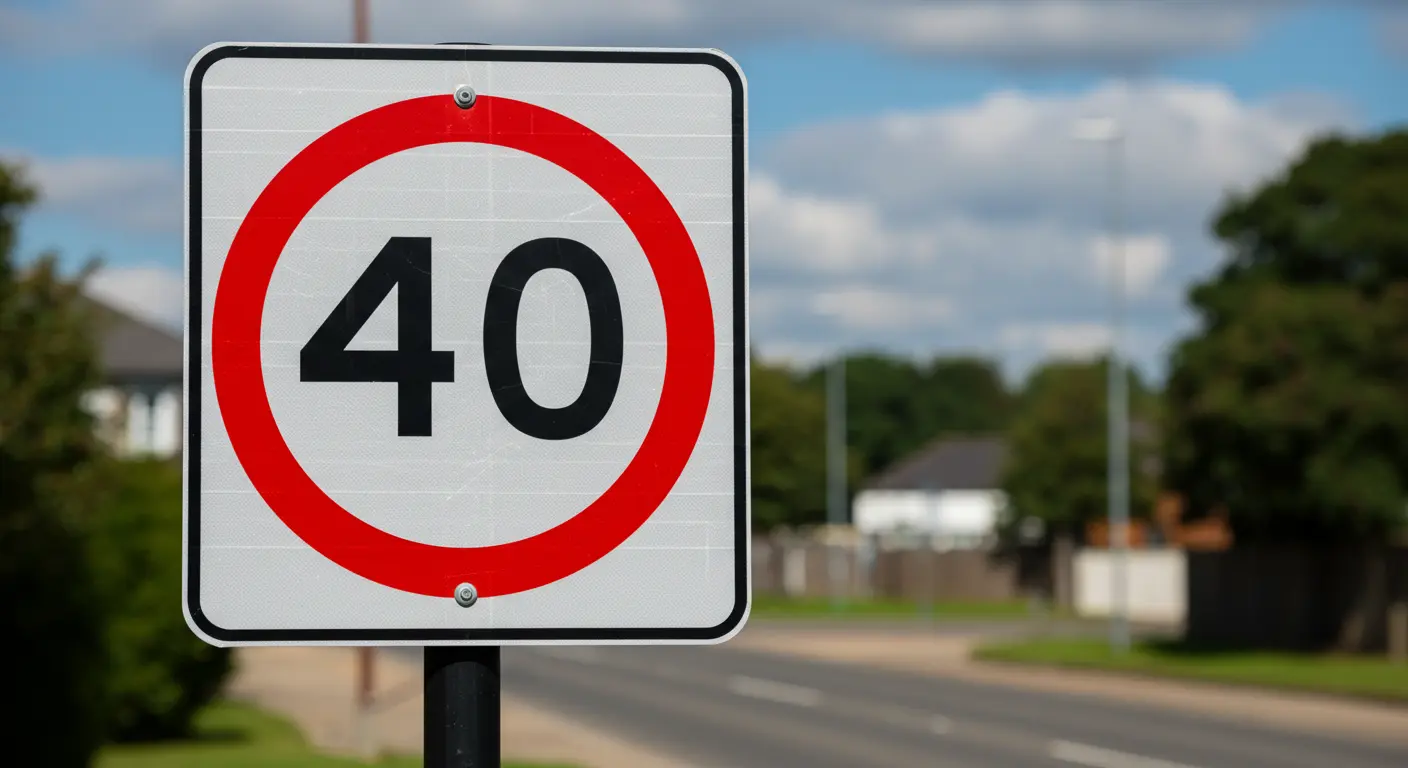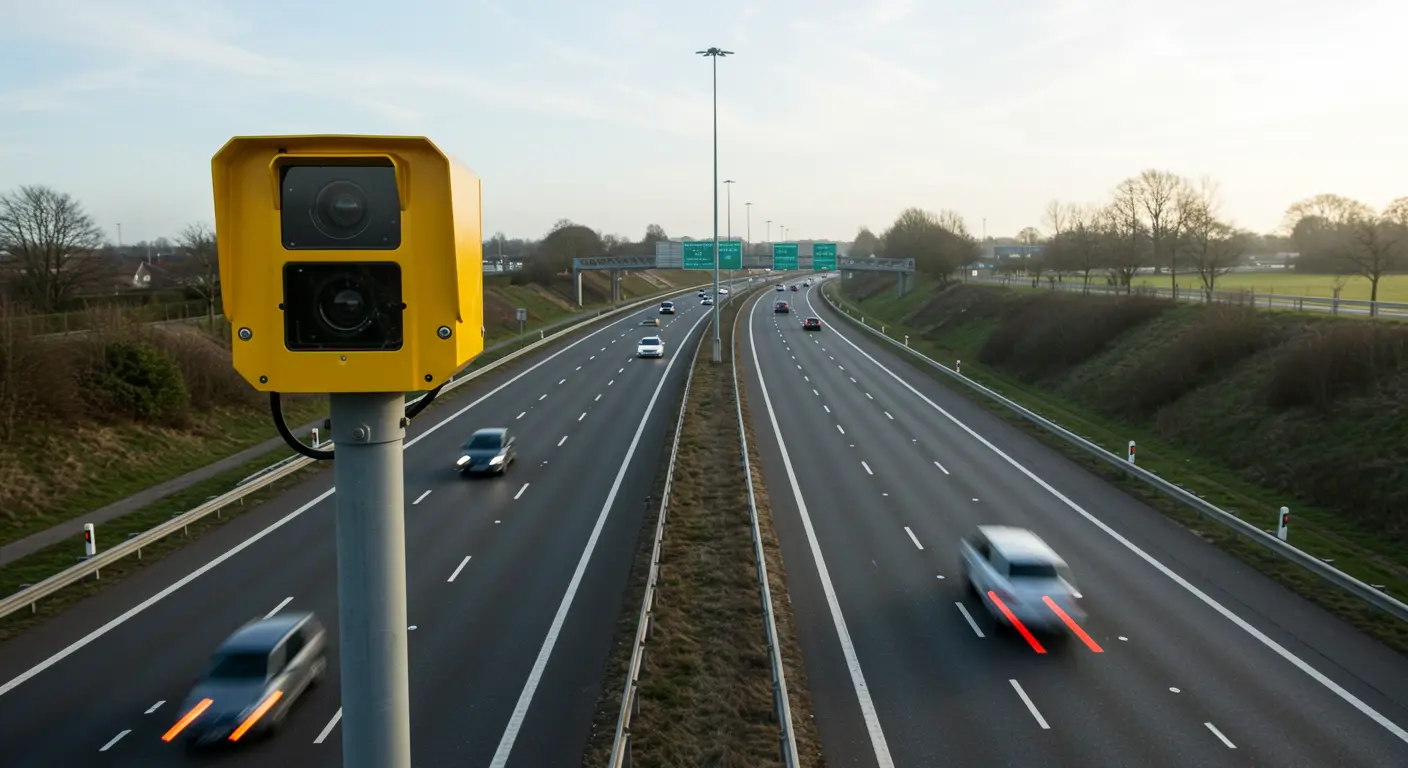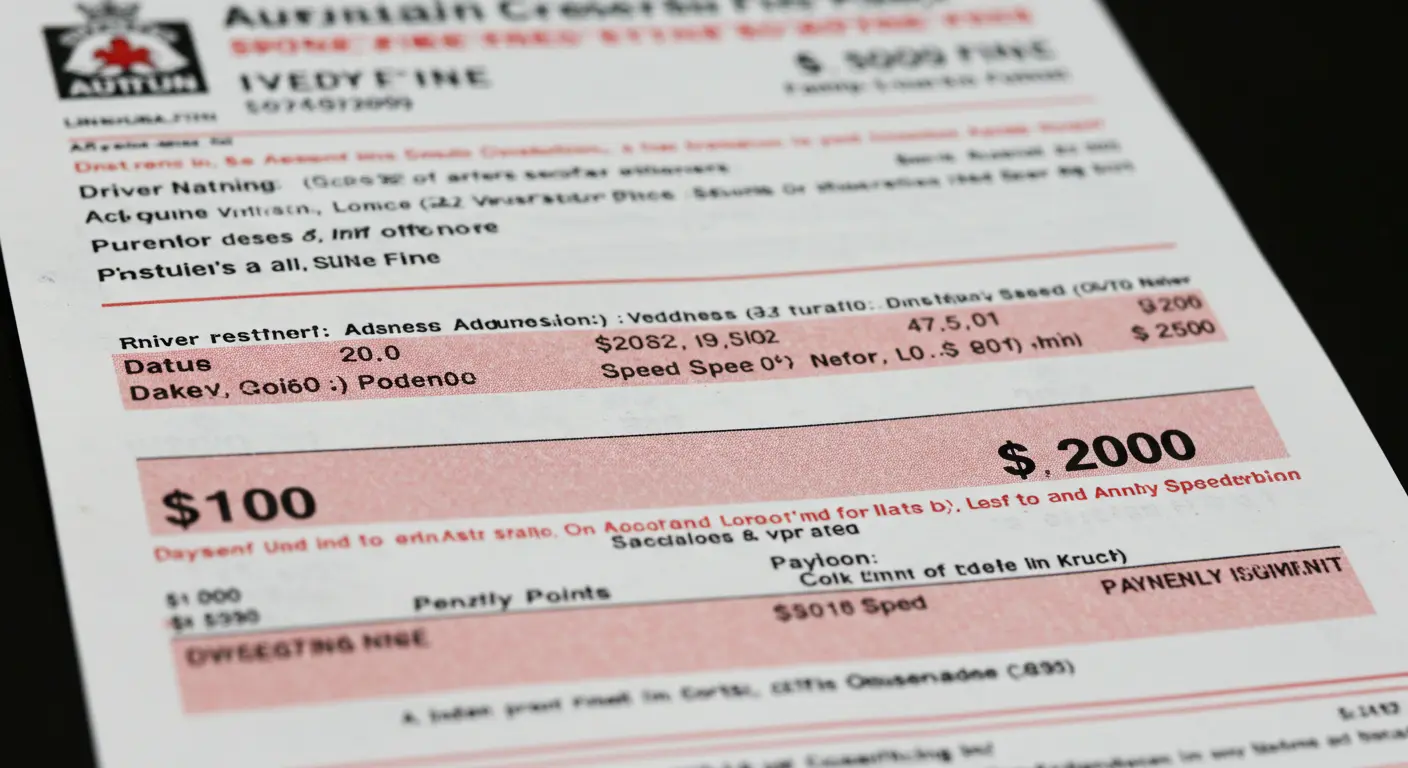Driving in Australia is a rite of passage, offering freedom and independence. However, as drivers age, questions about road safety and competency arise. With a rapidly aging population, Australia is grappling with how to address the challenges posed by older road users without unfairly penalizing them.
This contentious topic has sparked debates, with some advocating for mandatory retesting, while others stress the importance of supporting older drivers to maintain their independence.
The Rising Challenge of Older Drivers
Australia’s aging population is reshaping its roads. A 2020 Roy Morgan survey highlighted that over 70% of Australians aged 80 and above still hold active driver’s licenses. While maintaining mobility is crucial for social inclusion, studies consistently show older drivers are disproportionately involved in fatal crashes.
Recent national crash data revealed that of the 1,295 road deaths last year, 294 involved drivers aged 65 and older. This overrepresentation has raised concerns about whether current regulations adequately address safety risks.
Kyle Schofield, a public health researcher at the University of the Sunshine Coast, noted, “More older drivers are driving later, so there is a higher proportion that are licensed later into their lives.”
Are Older Drivers More Dangerous?
Data paints a complex picture. While older drivers are generally cautious, crash rates spike among those aged 80 and above. Common issues include slower reaction times, diminished vision, and difficulties in complex traffic situations, such as navigating busy intersections or making right turns.
Professor Kaarin Anstey from UNSW explained, “The most common crash for an older driver is turning right. It’s when you find yourself in a complicated situation, you have to make a decision under pressure, and judge the gap in traffic.”
Despite these challenges, many experts argue that age alone isn’t a fair determinant of driving ability.

Varied Rules Across States
Australia lacks a unified approach to managing older drivers. Here’s a snapshot of regulations across the country:
- New South Wales: Drivers over 85 must pass a test every two years unless on a modified license.
- Victoria and Tasmania: No age-specific requirements, but drivers must report medical conditions affecting their ability.
- Queensland: Drivers over 75 must carry a valid medical certificate while driving.
- South Australia: Annual self-assessment forms are required from age 75, with practical tests for drivers aged 85 and above if requested by a doctor.
- Western Australia: Annual medical assessments start at age 80, with possible on-road tests.
Dr. Stephanie Daly, an Adelaide-based GP specializing in dementia, expressed concerns over this disparity. “It would be good to have a standardised approach across the whole country because obviously it’s inequitable if in some areas it’s a self-assessment and in others there’s mandatory testing.”
Should Retesting Be Mandatory?
Mandatory retesting is a polarizing solution. Advocates argue it’s a fair way to ensure all drivers meet a minimum standard. Pilot programs, such as refresher lessons for older drivers, have shown promise in improving safety.
Professor Anstey noted, “We found that older drivers who received two tailored driving lessons improved their skills, giving them a higher safety rating on an on-road test.”
However, critics point out the logistical and financial challenges. Dr. John Williams, president of the AMA’s SA branch, said, “Budgetary considerations are always on the government’s mind. Everyone having a test and examination is potentially a costly exercise.”
The Social Costs of Losing a License
For many older Australians, losing a license isn’t just about mobility; it’s about independence. Research shows that drivers often resist retiring from the road due to fears of isolation.
Ms. Schofield emphasized, “One of the fears about driver retirement is losing independence. A lot of drivers keep driving later in life because they don’t see a solution for getting around.”
Encouragingly, some states offer modified licenses, allowing older drivers to operate within specific geographic limits, striking a balance between safety and autonomy.
What Needs to Change?
Experts agree on a multi-pronged approach to address the issue:
- Standardized National Guidelines: Uniform regulations would eliminate discrepancies and provide clarity for older drivers.
- Refresher Courses: Subsidized lessons could help older drivers update their skills and adapt to modern road rules.
- Improved Public Transport: Reliable alternatives would reduce reliance on private vehicles for older Australians.
- Open Conversations: Families play a vital role in preparing older drivers for eventual retirement. Schofield advises starting these discussions early, “It’s not, ‘Mum, we’re taking your license away,’ but rather, ‘How will you get around when the time comes?’”
What This Means
The debate around retesting older drivers is complex, balancing safety concerns with the rights and independence of seniors. While blanket policies may not be the answer, targeted interventions, such as refresher courses and modified licenses, could provide a middle ground.
With an aging population, Australia must find solutions that keep all road users safe while respecting the dignity of its senior drivers.
